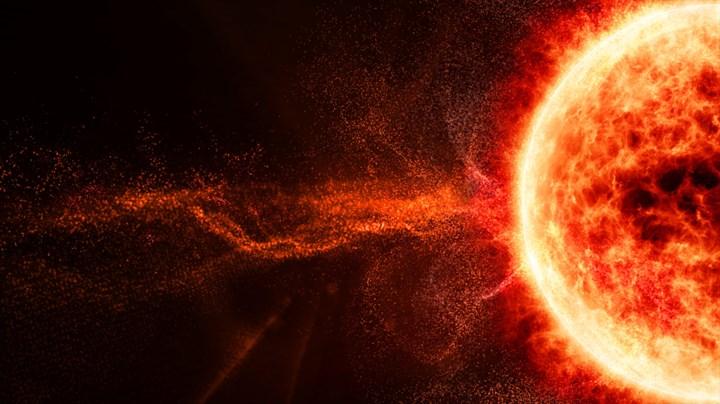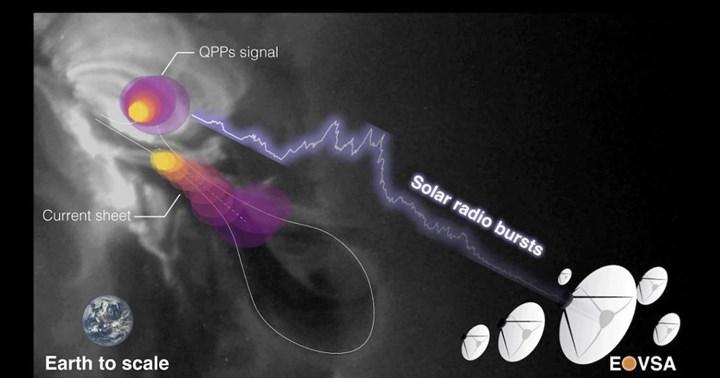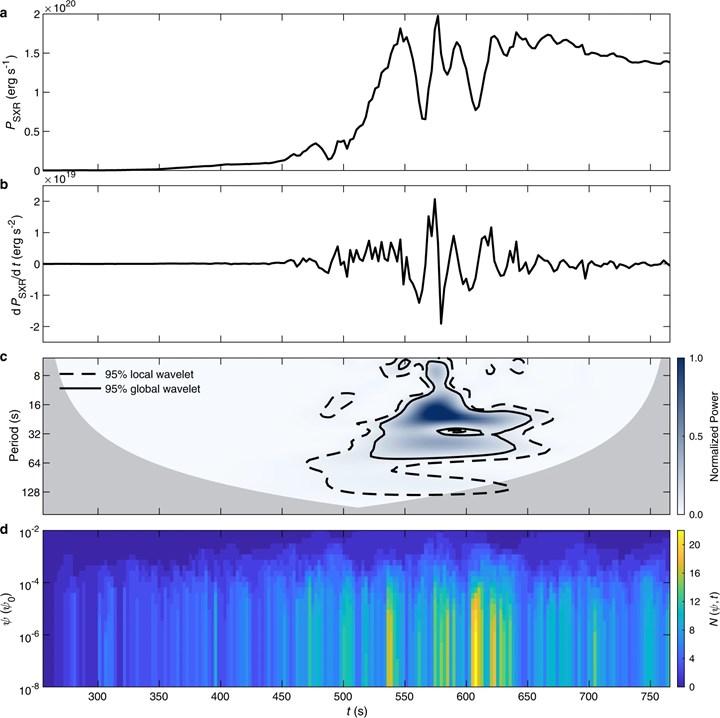 In a new study, an explosion with a heartbeat-like signal pattern was detected in the Sun’s atmosphere. Scientists describe the observation made as an “unusual discovery” while trying to find out the conditions under which such repetitive radio signals arose.
In a new study, an explosion with a heartbeat-like signal pattern was detected in the Sun’s atmosphere. Scientists describe the observation made as an “unusual discovery” while trying to find out the conditions under which such repetitive radio signals arose.In the study, scientists announced that they had clearly determined the source location of a radio signal from a Class C Solar flare 5,000 kilometers above the Sun’s surface. Although the process behind the occurrence of these signals has not been fully elucidated, the “turbulence” on the Sun’s surface can be understood.
“An Unusual Discovery”
 Sijie Yu, one of the authors of the research paper published in the peer-reviewed scientific journal Nature Communications, described the discovery as “unusual” and emphasized the importance of the detected pattern: “This is an attempt to understand how energy is released and dispersed into the Sun’s atmosphere during extraordinarily violent eruptions on the Sun. important.”
Sijie Yu, one of the authors of the research paper published in the peer-reviewed scientific journal Nature Communications, described the discovery as “unusual” and emphasized the importance of the detected pattern: “This is an attempt to understand how energy is released and dispersed into the Sun’s atmosphere during extraordinarily violent eruptions on the Sun. important.”Scientists call such radio signals quasi-periodic pulses, resembling a heartbeat. The origin of these repetitive signals has long been a source of great mystery and controversy among solar physicists. Detected Solar radio bursts are associated with explosions on the Sun.
Signals repeat periodically
In fact, a similar discovery was detected in 2017, but this second signal detection was completely unexpected. As a result of the observations, it was found that the signals similar to the heartbeat were repeated every 10-20 seconds. The scientists also say that the region where these signals occur is where the magnetic field lines converge, break and reconnect, and produce the energy that powers the explosion.
May help us understand solar flares
 The researchers say that such repeating patterns are not unusual for solar radio bursts, but they were surprised to find another source of the signals. By examining the signals in their hands, the scientists also measured the energy spectrum of the electrons in the source. They found that these signals originate from magnetic islands or bubble-like structures in the Sun, which periodically move toward the flare region. According to the study, this periodic process leads to the repetitive production of high-energy electrons, which results in different types of radiation. This causes heartbeat-like signals to reach Earth.
The researchers say that such repeating patterns are not unusual for solar radio bursts, but they were surprised to find another source of the signals. By examining the signals in their hands, the scientists also measured the energy spectrum of the electrons in the source. They found that these signals originate from magnetic islands or bubble-like structures in the Sun, which periodically move toward the flare region. According to the study, this periodic process leads to the repetitive production of high-energy electrons, which results in different types of radiation. This causes heartbeat-like signals to reach Earth.Meanwhile, the explosions on the Sun are divided into 4 classes: A, B, C, M, and X, from smallest to largest. Similar to the Richter scale, each letter has 10 times the strength of the previous one. The radiation released by solar flares can sometimes affect the Earth and our electronic devices. Thanks to the study, it may be possible to detect the energy released during explosions that may occur or occur in possible explosion areas. This can help us understand solar flares.